On the first day of the Feast of Unleavened Bread, the disciples approached Jesus and said, “Where do you want us to prepare for you to eat the Pass- over?” He said, “Go into the city to a certain man and tell him, ‘The teacher says, “My appointed time draws near; in your house I shall celebrate the Passover with my disciples.”’” The disciples then did as Jesus had ordered, and prepared the Passover.
—Matthew 26:17–19
Every year, the Jews celebrate the Passover as a memorial of Moses leading the Israelites out of Egyptian slavery. As a faithful Jew, Jesus celebrates the Passover, but he has another intention as well. He is also preparing himself for sacrifice. Through his Passion and Death, Jesus becomes the Lamb of God, who frees all people from the captivity of sin. Jesus provides himself as the sacrifice for our sins. Like the disciples, we have preparation to do, making our hearts and souls ready to receive him.
Today, ask the Spirit to show you what you can do today to prepare for Jesus’ Passover and sacrifice on the Cross.
This reflection from Messages of Trust for Lent, originally published by Ave Maria Press, was reprinted with permission of the authors, Fr. Michael White and Tom Corcoran. For more parish resources, visit https://www.rebuiltparish.com/.
Responsorial psalms are excerpted from the Lectionary for Mass for Use in the Dioceses of the United States of America, second typical edition © 2001, 1998, 1997, 1986, 1970 Confraternity of Christian Doctrine, Inc., Washington, DC. Used with permission. All rights reserved. No portion of this text may be reproduced by any means without permission in writing from the copyright owner. Other scripture texts in this work are taken from the New American Bible, revised edition © 2010, 1991, 1986, 1970 Confraternity of Christian Doctrine, Washington, DC, and are used by permission of the copyright owner. All Rights Reserved. No part of the New American Bible may be reproduced in any form without permission in writing from the copyright owner.







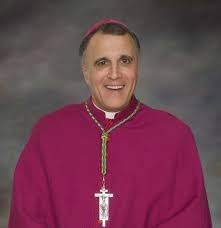
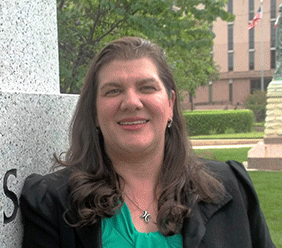
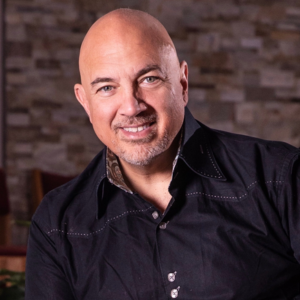
 Kimberly Kay Cox
Kimberly Kay Cox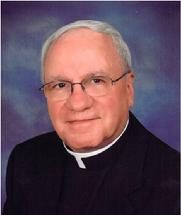






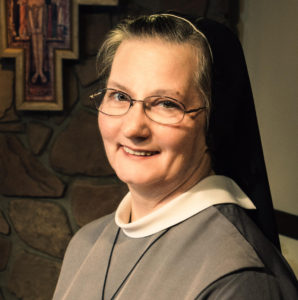
 Mark Mogilka
Mark Mogilka




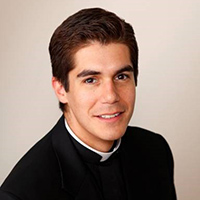
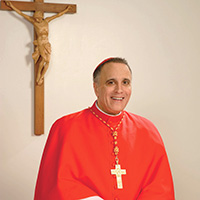

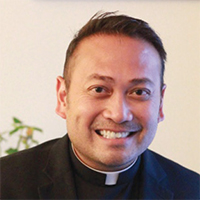






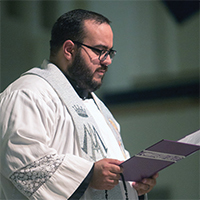





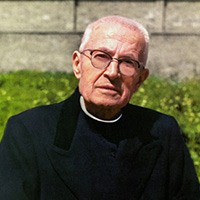


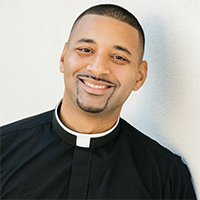




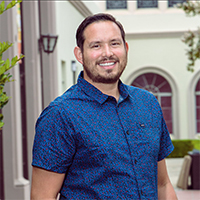
 Armando Cervantes
Armando Cervantes Anna Betancourt
Anna Betancourt
 Andrea Chavez-Kopp
Andrea Chavez-Kopp